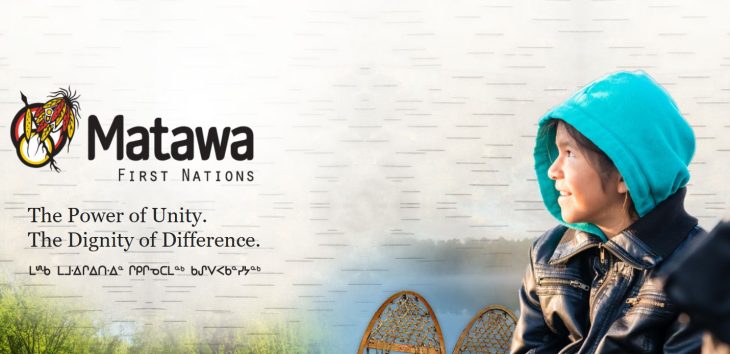
By Ahmad Hathout
A non-profit tribal council is asking the CRTC to extend the proposed far north retail internet subsidy to remote indigenous communities.
The regulator ruled earlier this year that it will implement a monthly internet subsidy for residents of Canada’s far north, which has some of the most expensive high-speed internet services.
But Matawa First Nations Management (MFNM), which is comprised of nine remote First Nations in northern Ontario with a combined population of over 10,000, says in a Part 1 made public Tuesday that this subsidy should not be exclusive to far north residents but extended to eligible subscribers in remote indigenous communities in all regions of Canada.
“MFNM notes that the factors on which the Commission relied in TRP 2025-9 in requiring a subsidy for the Far North, include that region’s remoteness, high costs to serve, low incomes, and the essential nature of connectivity for education, health, safety, and economic participation. All these factors also apply for the same reasons in the Matawa First Nations and in other remote Indigenous communities outside the Far North,” MFNM says in it
“This request for relief is urgent,” it adds. “As MFNM’s communities transition from inadequate legacy services to FTTP, an affordability gap threatens to depress adoption precisely where the social returns on connectivity are highest (telehealth, mental-health supports, emergency response, schooling, access to government services, and small-business enablement). An expanded retail subsidy is the most direct and administratively efficient way to close that gap now.”
The MFNM owns Rapid Lynx Telecommunications, which is in the process of deploying a fibre network to connect all nine of its First Nations members. Despite getting funding from the Universal Broadband Fund and the Ontario government, the group says the money is only for capital expenditures and not for an ongoing retail subsidy for its residents, who earn a relatively low income compared to other Canadians.
The group says many residents cannot afford northern retail internet prices. It said it experimented with Starlink satellite internet and “saw disconnections when monthly charges proved unaffordable for residents.”
Extending the subsidy will also help sustain Rapid Lynx and other providers serving these remote communities, MFNM says.
“Without the expansion of the retail subsidy, uptake of broadband services amongst the residents of the Matawa First Nations will lag, leaving essential public benefits unrealized and risking under-utilization of a publicly supported network,” the application adds. “Extending the TRP 2025-9 retail subsidy to remote Indigenous communities ensures that infrastructure investments translate into actual, affordable service for the families, elders, students, and small businesses who need it.”
For eligibility, the MFNM recommends two criteria: that the subscriber is in an indigenous community and that community is remote. Those that should automatically qualify, the group says, include communities within Inuit Nunangat and those in one of the eight self-governing Metis settlements in Alberta with a land-base agreement.
The regulator can utilize Statistics Canada’s datasets with flexibility to add communities not included with the scope of said data, it added.
Citing StatCan data, MFNM estimates that roughly 225,500 people in remote indigenous communities would be eligible for the subsidy. Going by a conservative estimate of three people per household, the group says that would mean 75,000 of those would be additional accounts on the National Contribution Fund, which relies on contributions from internet service providers and is the CRTC’s proposed bankroller of the far north subsidy.
Applying the $36 monthly subsidy being considered for the far north, the additional 75,000 accounts translates to $2.7 million additional dollars per month, or about $32.4 million per year, which the group calls “modest.”
“This amount is readily accommodated through the Commission’s contemplated funding approach, including potential reallocations from the Broadband Fund,” it said. “The incremental amount represents a very small cost when shared across NCF contributors, some of whom will themselves receive the subsidy on eligible accounts they serve in remote Indigenous communities.”
The CRTC, which last sought to see how quickly the far north subsidy could be implemented via the NCF, has been warned by large ISPs that it must tailor the subsidy or risk increasing prices across the country because the NCF contributions ultimately come from subscribers.




